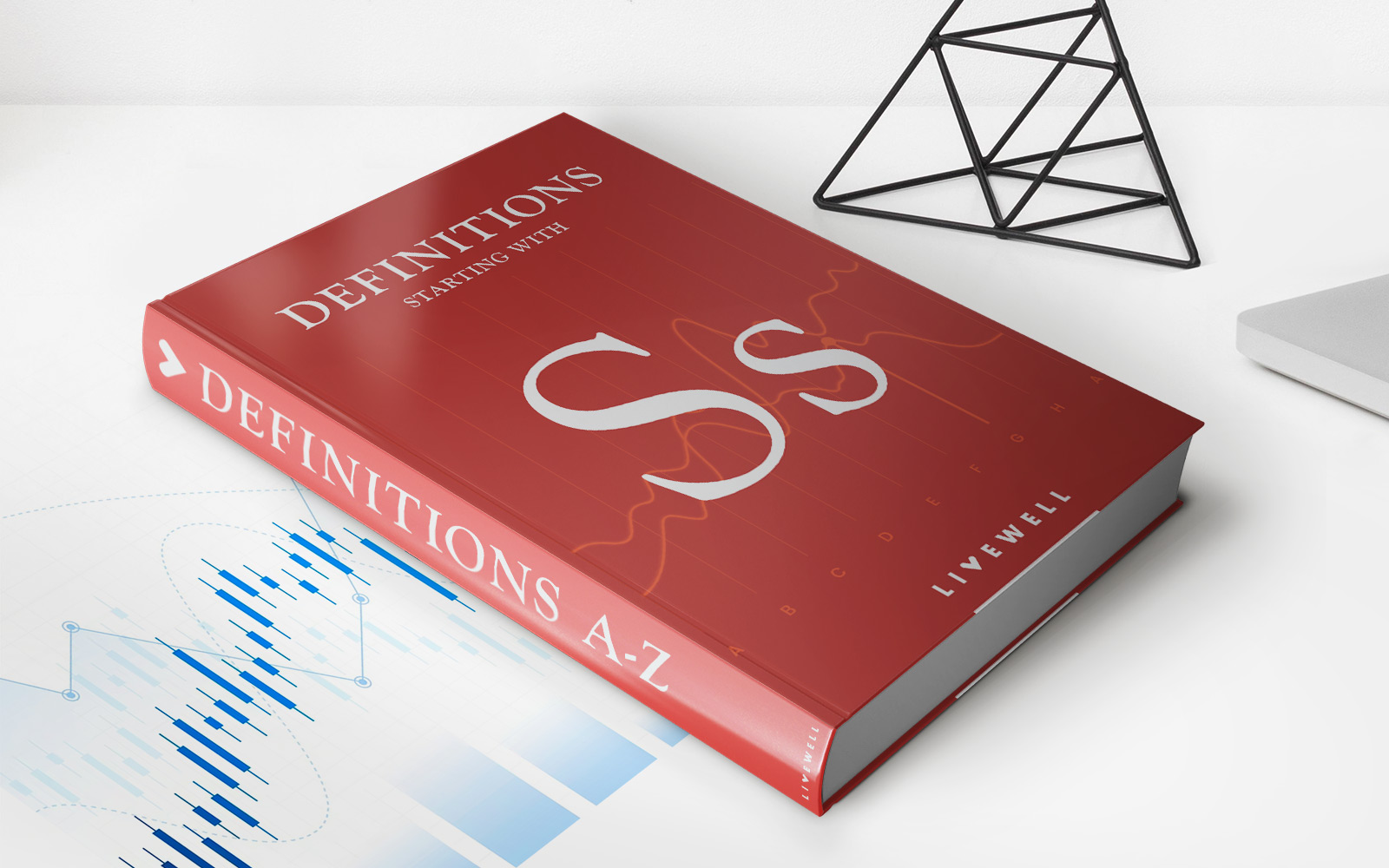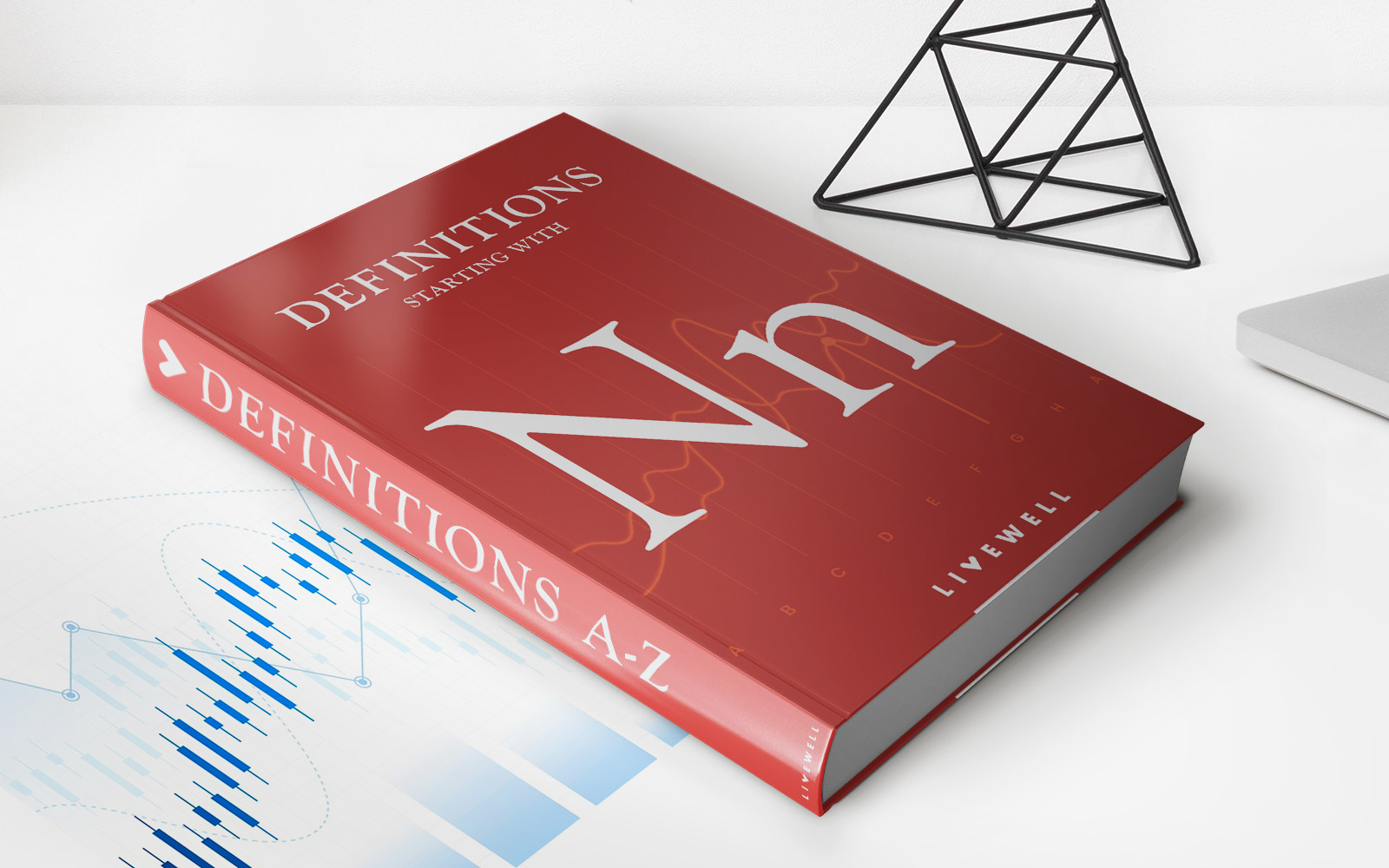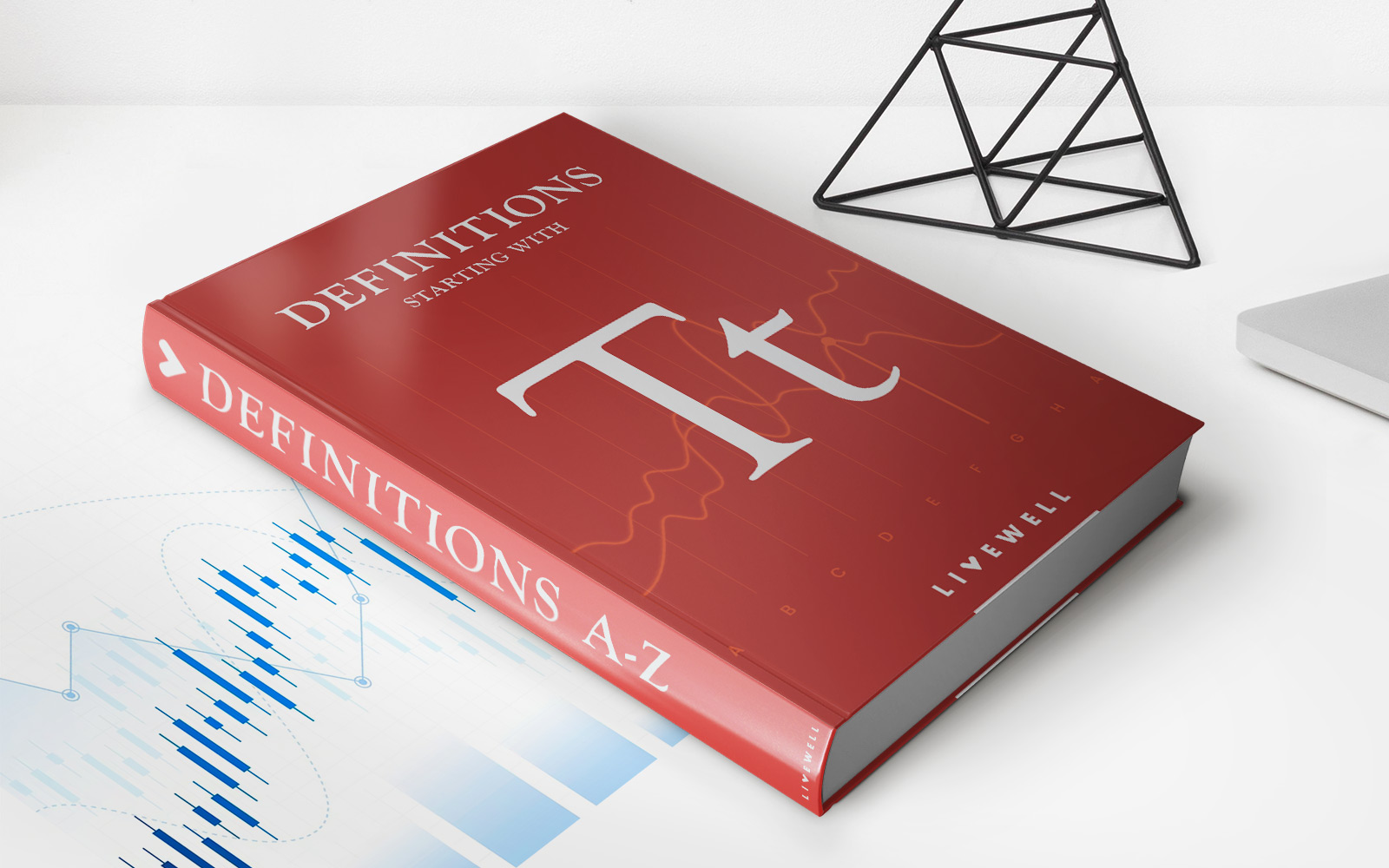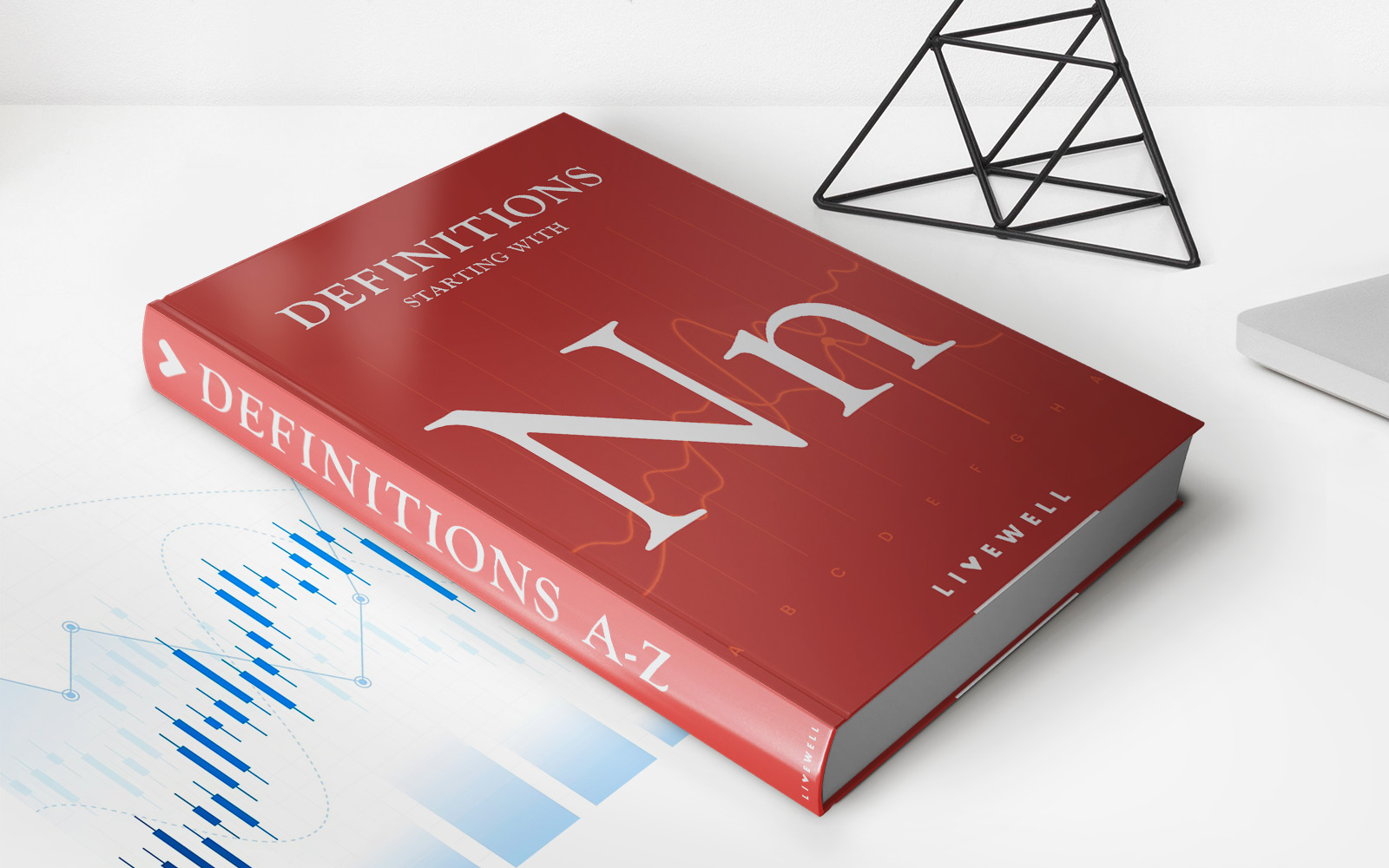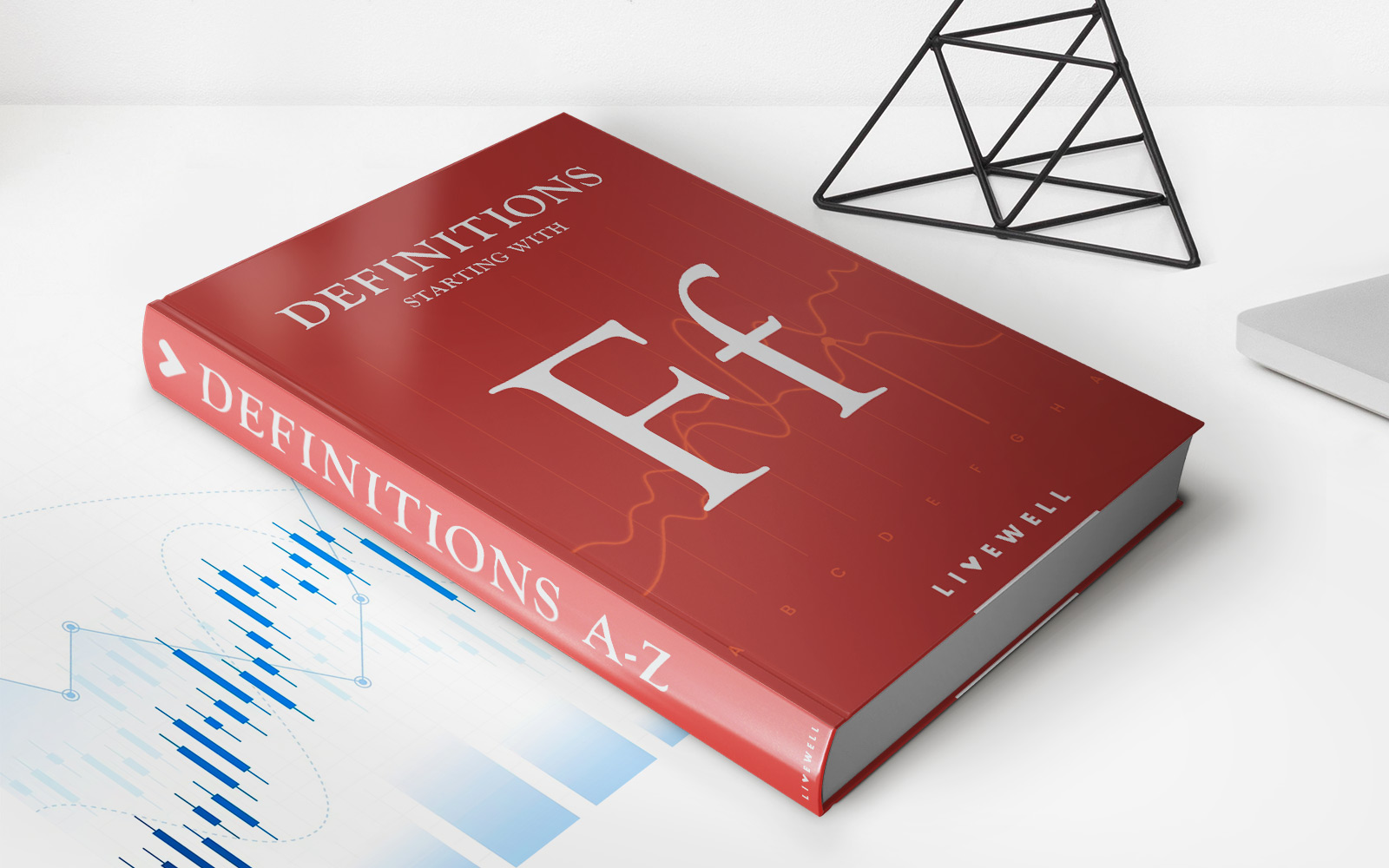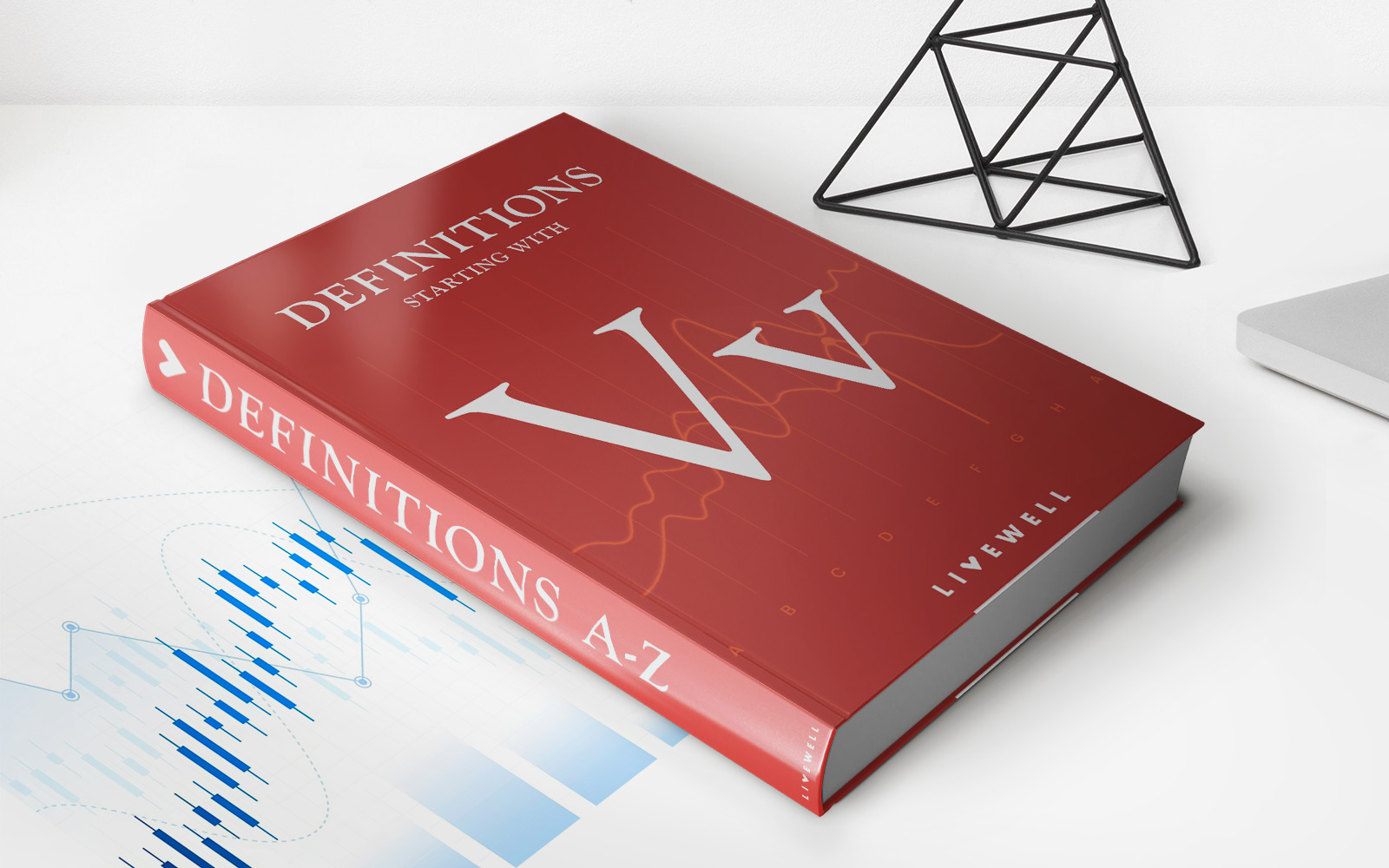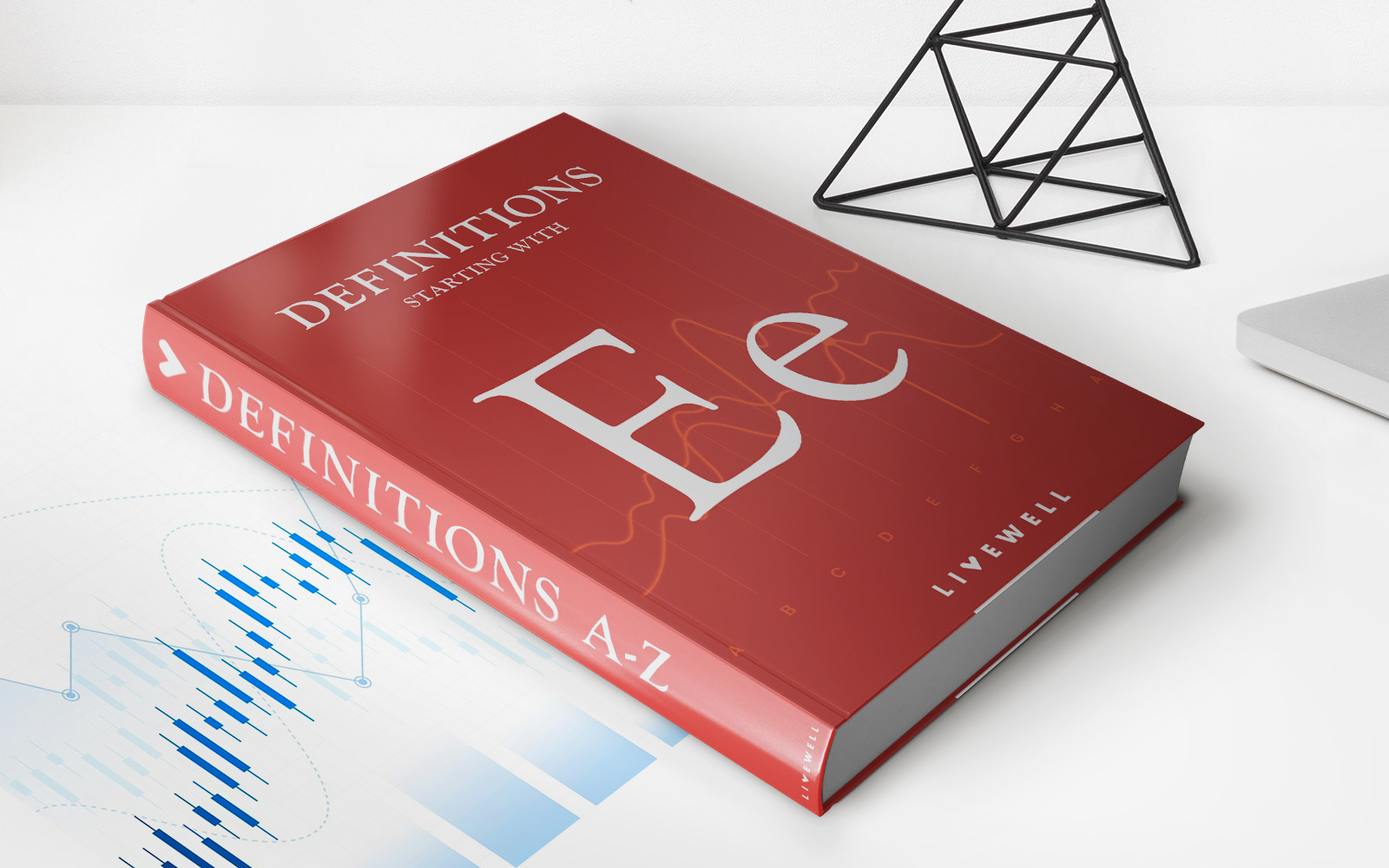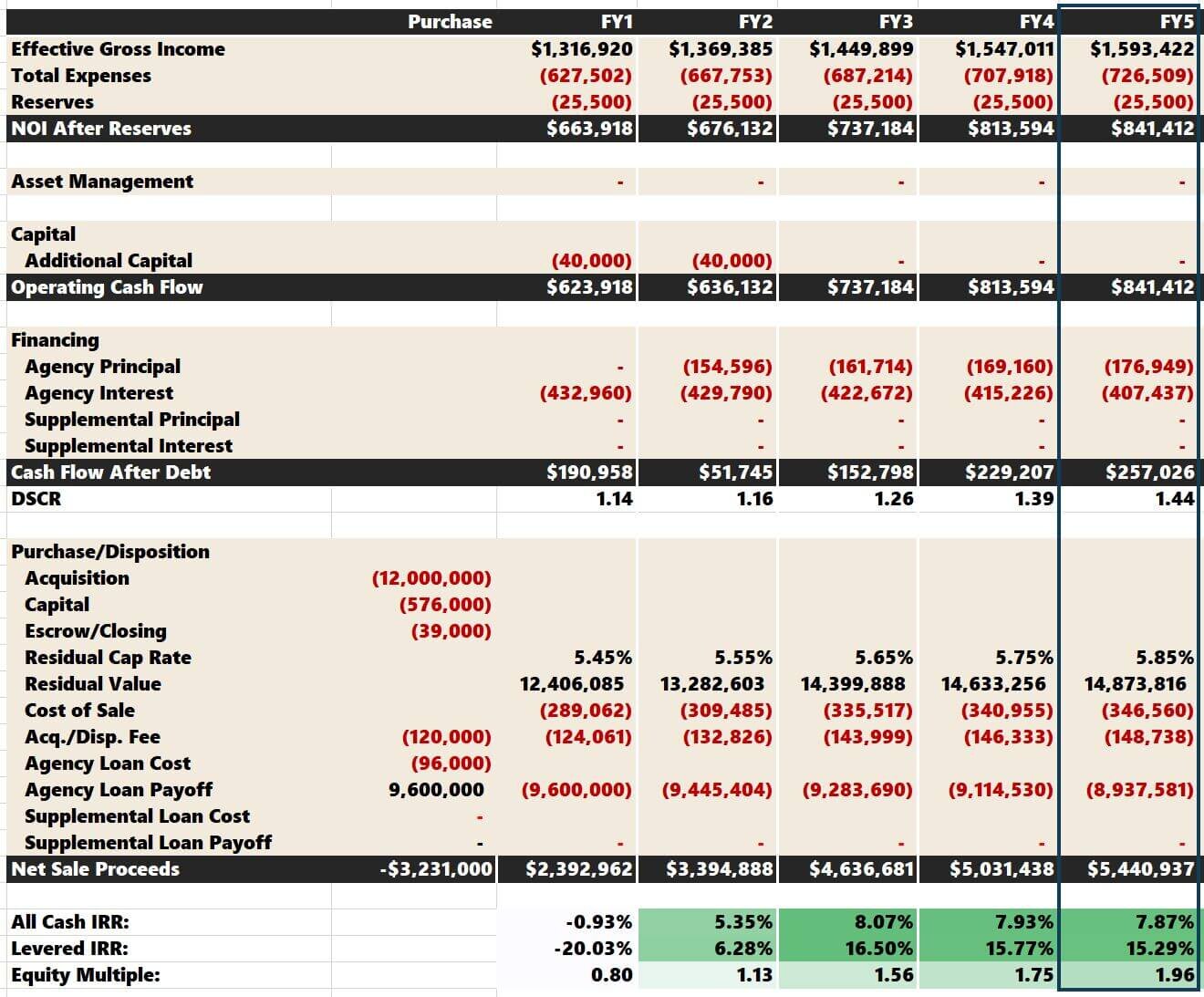Home>Finance>Conditional Value At Risk (CVar): Definition, Uses, Formula


Finance
Conditional Value At Risk (CVar): Definition, Uses, Formula
Published: October 31, 2023
Learn about the definition, uses, and formula of Conditional Value at Risk (CVar) in finance. Gain insights into risk assessment and portfolio management.
(Many of the links in this article redirect to a specific reviewed product. Your purchase of these products through affiliate links helps to generate commission for LiveWell, at no extra cost. Learn more)
Understanding Conditional Value at Risk (CVar): Definition, Uses, Formula
Finance is a vast and dynamic field that encompasses various concepts and techniques. One such concept that has gained significant popularity in recent years is Conditional Value at Risk (CVar). In this blog post, we will delve deep into the world of CVar, exploring its definition, uses, and formula.
Key Takeaways:
- CVar is a risk assessment metric that measures the potential losses beyond a given threshold.
- It is widely used in portfolio management and risk analysis to evaluate downside risk.
Definition:
CVar, also known as Expected Shortfall (ES), is a statistical measure that quantifies the risk of an investment or portfolio by estimating the expected magnitude of loss during adverse market conditions. Unlike other risk measures, such as standard deviation, CVar focuses on the worst-case scenarios and provides a more comprehensive assessment of downside risk.
Uses of CVar:
CVar offers valuable insights to financial professionals in various areas, including:
- Portfolio management: CVar helps investors and fund managers assess the risk associated with different portfolios and make informed decisions regarding asset allocation. By considering extreme downside scenarios, CVar enables the identification of investments that may have the potential for significant losses.
- Risk analysis: CVar is a powerful tool for risk analysts to quantify and compare the riskiness of various investments, including stocks, bonds, and derivatives. It provides a more realistic measure of downside risk, allowing for a better understanding of potential losses during adverse market conditions.
- Financial modeling: CVar is often used in financial models to estimate the expected shortfall of a particular investment strategy or portfolio. It helps in stress testing and scenario analysis, enabling investors to prepare for potential extreme market events.
Calculating CVar:
The formula for calculating CVar involves two components: the probability distribution and the threshold.
CVar = (1 / (1 – α)) * ∫[α, 1] (x * f(x) dx)
Where:
- CVar represents the Conditional Value at Risk (Expected Shortfall)
- α denotes the significance level or the probability threshold
- x represents the random variable (e.g., portfolio returns)
- f(x) is the probability density function (PDF) of the random variable x
The integral in the formula calculates the area under the probability distribution curve, considering only the values greater than the chosen threshold α. The result is then divided by the complement of the threshold, ensuring that the CVar is scalable and comparable across different significance levels.
In conclusion:
Conditional Value at Risk (CVar) is a valuable risk assessment tool widely used in the world of finance. Its ability to quantify downside risk in a more comprehensive manner makes it an indispensable component of portfolio management and risk analysis. Understanding CVar and its applications can greatly enhance investors’ ability to make informed decisions and adapt to changing market conditions.
